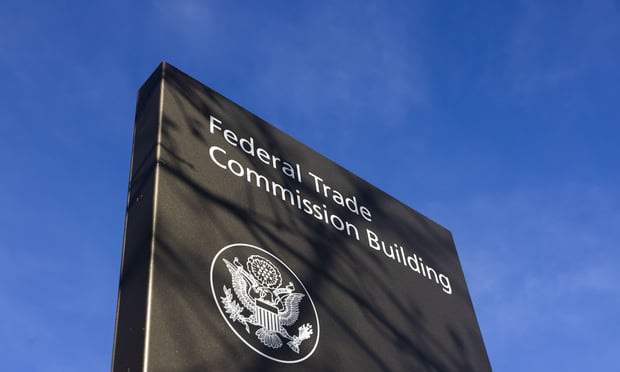What a difference a year makes. On Aug. 2, Citigroup Treasurer Eric Aboaf led a $3 billion offering of senior unsecured debt in the form of $2.25 billion in 10-year bonds at 5.375% and a $750 million reopening of Citi's outstanding 4.75% notes. The offering was about three times oversubscribed, with a book approaching $8 billion. It was a far cry from just over a year ago in April 2009 when Aboaf stepped into the role of the bank's treasurer in the midst of the credit crisis.
Now Aboaf is ready to talk about the defining moments of crisis treasury management and how Citi has transformed its balance sheet, liquidity and funding profile.
To Aboaf, the turning point came just one month into his new role as treasurer, when he sat down with Citi's investment bankers in May 2009 and told them that he wanted to issue debt. They were incredulous and told him it couldn't be done. Citi's stock was trading between $3 and $4 a share, well off the 2006 peak of $56.41. And the bank, which had accepted $45 billion in TARP funds from the federal government, was one of the most scrutinized financial institutions in the world. Yet its treasurer wanted to sail into the still-troubled debt markets and borrow on Citi's own credit, without a government guarantee.
Complete your profile to continue reading and get FREE access to Treasury & Risk, part of your ALM digital membership.
Your access to unlimited Treasury & Risk content isn’t changing.
Once you are an ALM digital member, you’ll receive:
- Critical Treasury & Risk information including in-depth analysis of treasury and finance best practices, case studies with corporate innovators, informative newsletters, educational webcasts and videos, and resources from industry leaders.
- Exclusive discounts on ALM and Treasury & Risk events.
- Access to other award-winning ALM websites including PropertyCasualty360.com and Law.com.
*May exclude premium content
Already have an account? Sign In
© 2024 ALM Global, LLC, All Rights Reserved. Request academic re-use from www.copyright.com. All other uses, submit a request to [email protected]. For more information visit Asset & Logo Licensing.







